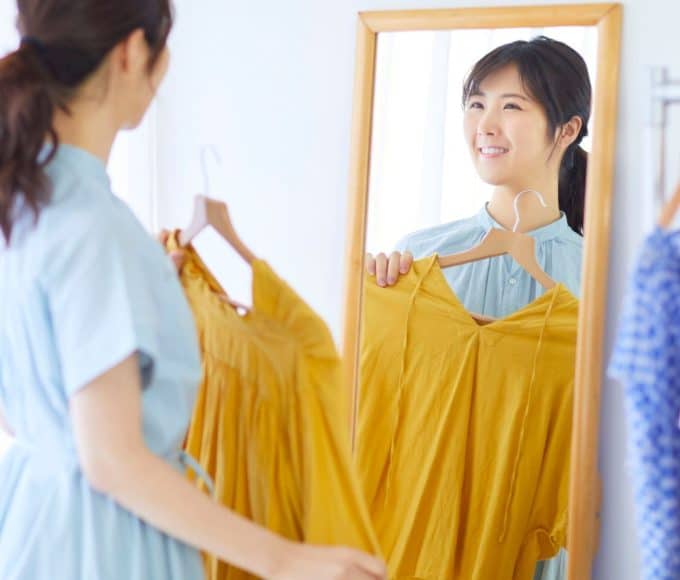
You may think that fashion is dictated by many things – designers, fashion houses, the changing seasons or simply by those in the know – but have you ever stopped to consider that style trends might be influenced by the economy? According to the 1927 Hemline Index, the length of a skirt or dress can actually indicate a country’s wealth, prosperity and general well being. Let’s consider the evidence.
Pre-1920s:
For hundreds or even thousands of years, women’s skirts and dresses conformed to one length: down to the floor. As things changed around the world with the onset of the First World War, Victorian-era prudishness began to melt away. Women gained more independence and importance in society and, as the world entered the decadent economy of the roaring ‘20s, hemlines started to rise.
1920s:
We all know the look of the classic ‘20s flapper: dropped waists, Mary-Jane shoes, long rope necklaces and finger-wave short hair. It’s easy to overlook the hemlines of flapper dresses, but their above-the-knee length was considered a real shocker. This was a decade all about freedom and social progression and naturally, daring hem lengths followed suit.
1930s:
After the Wall Street Crash of 1929, the Great Depression brought hemlines crashing back down to the floor with its grim psychological effect on the public. No longer a time for the debauchery and risk taking of the ‘20s, the lack of money and merriment called for a return to a level of modesty – both economically and literally.
1940s & ‘50s:
The cautious post-war mood of the world was mirrored in the mid-length skirts and dresses popular throughout the ‘40s and ‘50s. Advances in social restraint meant that they weren’t quite as prim as the floor length looks of centuries past, but society still hadn’t quite regained its momentous opulence from the 1920s.
1960s:
The ‘60s saw rising levels of fiscal prosperity and – with the invention of the teenager – young people began to rule the roost for the very first time. Short hemlines are unmistakably interwoven with this era, thanks to the arrival of the miniskirt: the physical embodiment of a world daring to push new boundaries.
1970s:
Social and economic discontent was increasing by the ‘70s, with the onset of the Vietnam War, unexpected inflation and the embargo on oil in 1973. Stock values begun to slump and floor-length maxi skirts came back into fashion for the first time since the Depression.
80s & ‘90s:
The rising battle against sexism combined with a break away from fashions dictating only one stylish length, meant that skirt lengths differed for the first time and could be anything of your choice. Power-suited prosperity generally meant that skirts were short and they were laden with authority.
2000s – Present:
The late 2000s saw a major dip in everything from jobs, money, morale and hemlines at the hands of the recession. With the world economy currently in the grip of uncertainty, the trend for skirt lengths mirrors this ambiguity – whether maxi, midi, mini or anything in between, it seems anything is in vogue right now.
Related Articles
How to Find Your Own Style Without Copying Everyone Online
Here’s the deal If you’ve ever searched how to find your own...
How to Dress for Your Body Type: A Complete Guide
Fashion is not about following trends blindly; it’s about finding what makes...
Things to Consider Before Getting a Tattoo
Getting a tattoo is an exciting experience for many, but it’s important...
Dress to Impress: Halloween Costume Ideas For 2023
With each passing year, Halloween costumes become more diverse and exciting, as...










